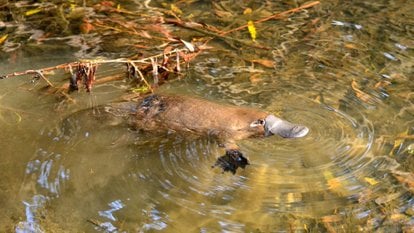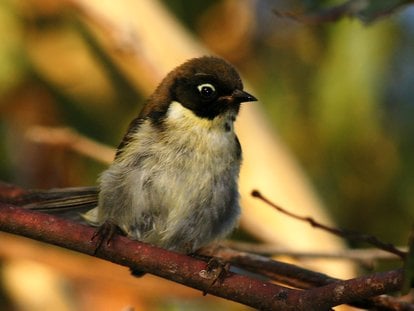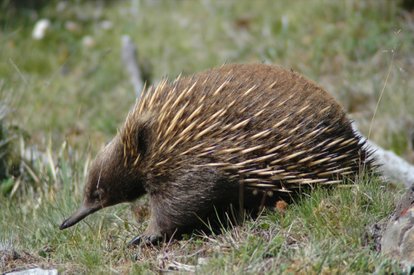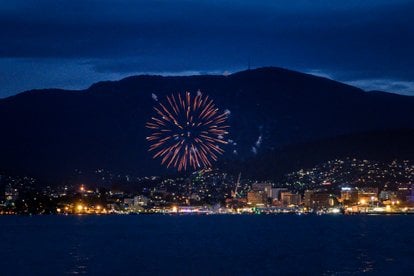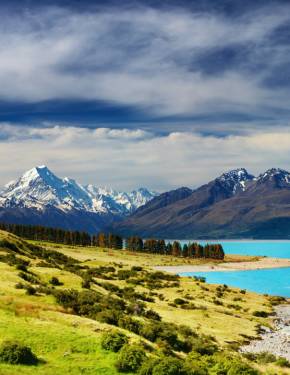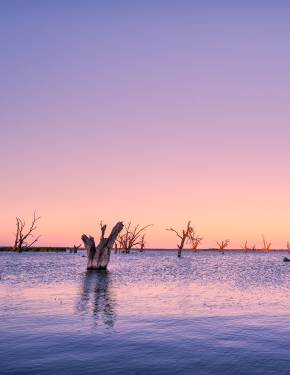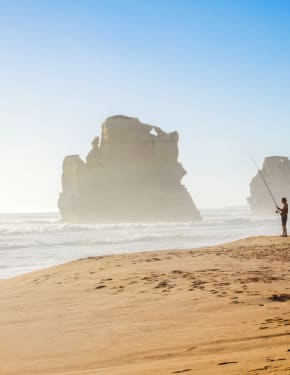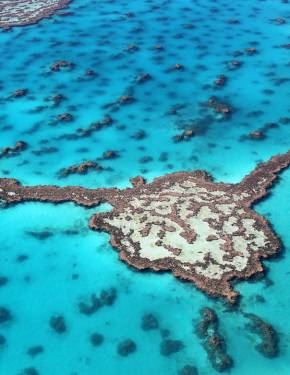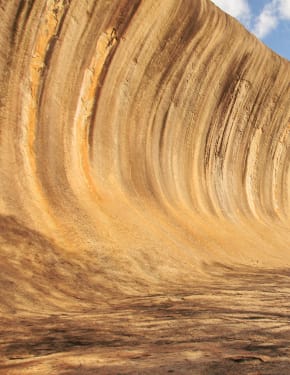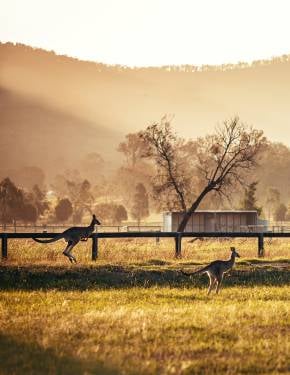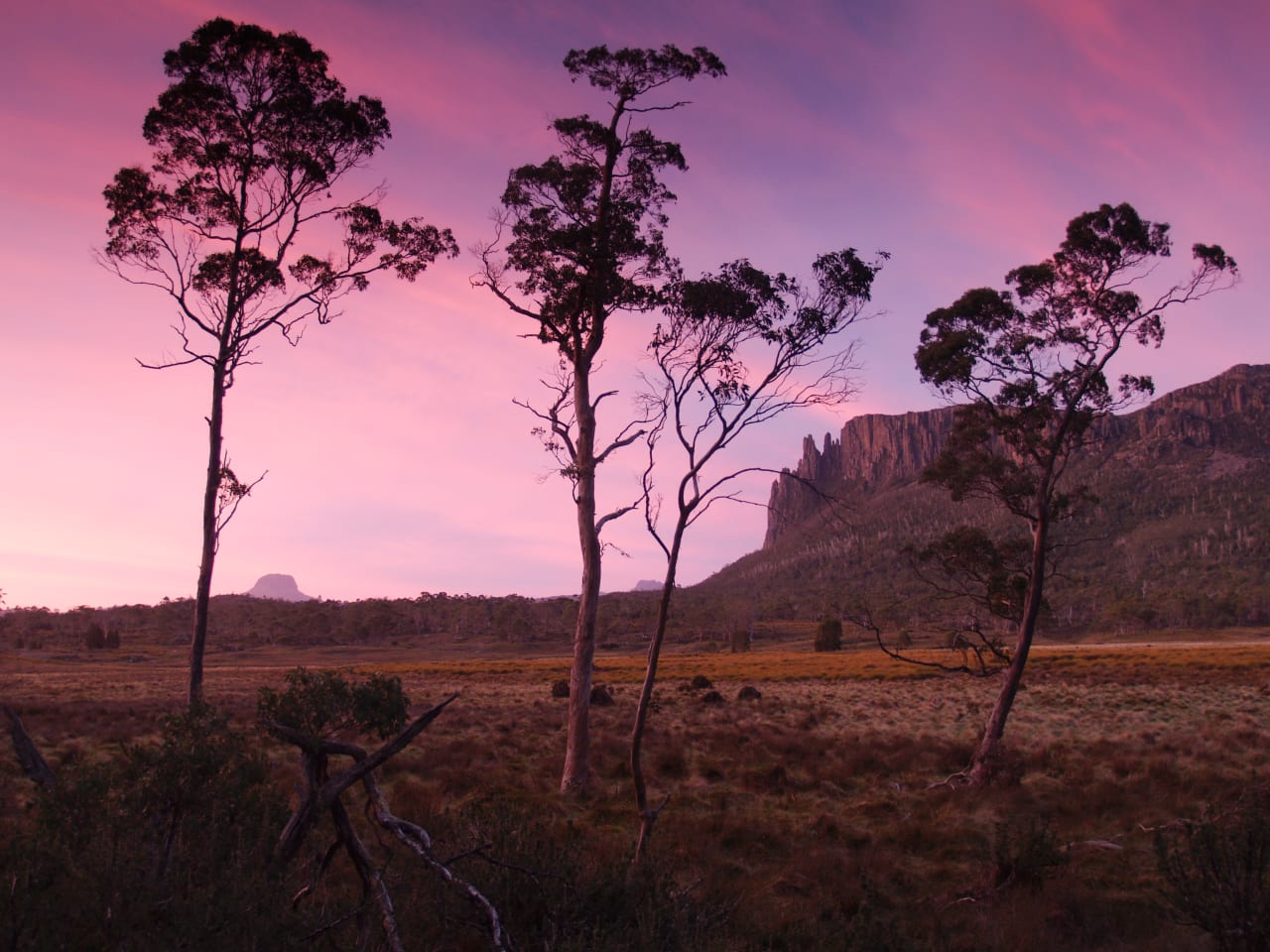
Best time to visit
28 things to do in Tasmania
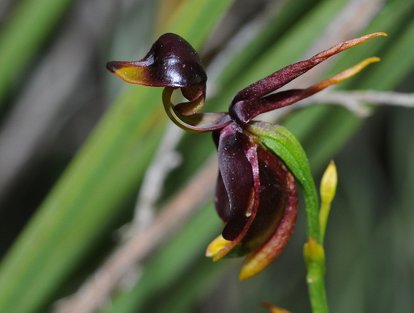
Flying Duck Orchid
Tiny flower resembling a flying duck lures insects into its arms, captivates, and enslaves them

Tasmanian Devil
Don't miss a chance to meet Tasmania's most dangerous and well-known animal—the Devil

Truffle Season
Hunt for the world's finest truffles in Tasmania's rainforests
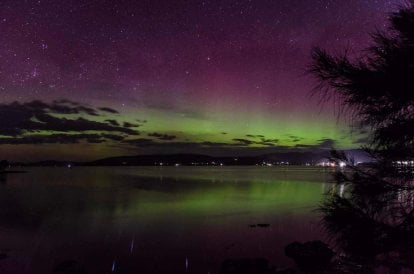
Aurora Australis or Southern Lights
Observe mesmerizing southern lights while looking at the beautiful Tasmanian sky

Lavender Season
Breathe in sweet, fresh lavender at one of the world's largest lavender plantations!
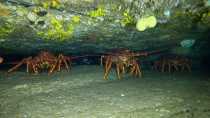
Scuba Diving
Try Tasmania's scuba diving experience on the top beaches across Australia
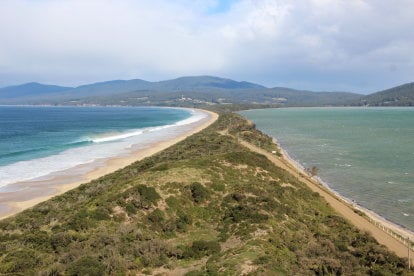
Bruny Island Neck
A beautiful nature reserve and isthmus connecting north and south parts of the Bruny Island
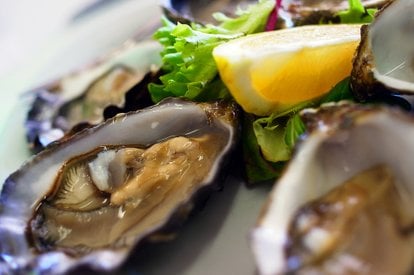
Pacific Oysters
Often called the best oysters in South Pacific, the Pacific oysters are also available mostly in Tasmania
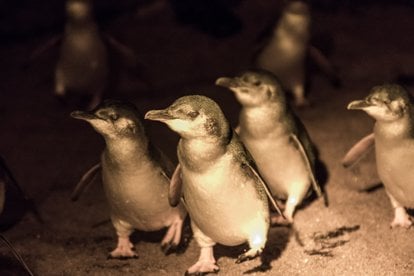
Watching World Smallest Penguins
It is a lifetime experience at the edge of the world

Lobster Season
Taste Tasmania's culinary delights with a rich local lobster menu
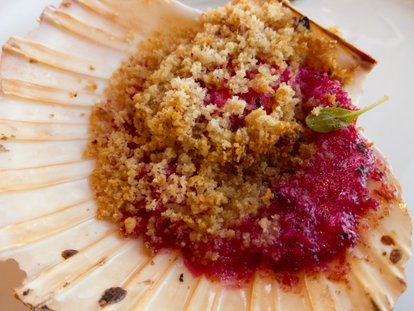
Scallop
The delicacy that you must try now, or it will be too late! Try it in a soup or plain raw with tiny bit of salt to get the best taste possible
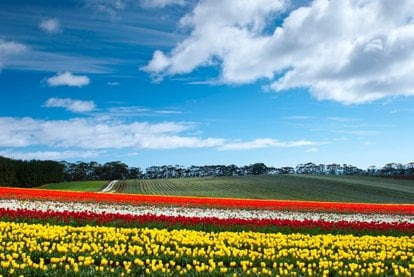
Blooming Tulips
Feel the fragrance of spring at Tasmania's famous tulips fields

Wombat Watching
Tasmania's wombats might be your cutest experience on the island. You can trace them by the cubic poop

Sydney Hobart Yacht Race
One of the world's most anticipated races that has a long history and offers some spectacular sights!
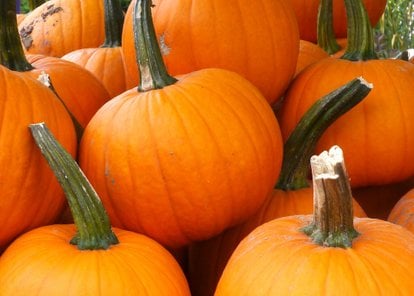
Pumpkin Season
Pumpkin seeds were brought to Australia on the First Fleet back in 1788

Capsicum
This glossy and brightly colored fruit will be a good addition to your meal

Asparagus
In most refined dishes, asparagus should maintain its taste and structure: it should be slightly soft, but not too much
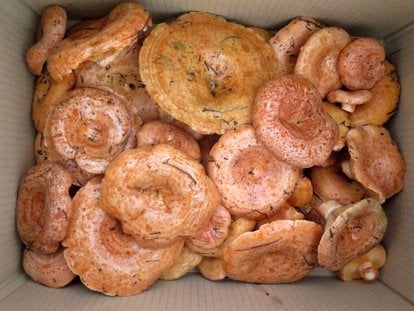
Pine Mushrooms (Saffron Milk Caps)
These grow in places where the soil is densely covered with old coniferous needles, and often hide under them

Whale Watching in Tasmania
The annual migration brings whales to Tasmania waters

Australian Jazz Convention
The longest-running annual jazz event in the world


